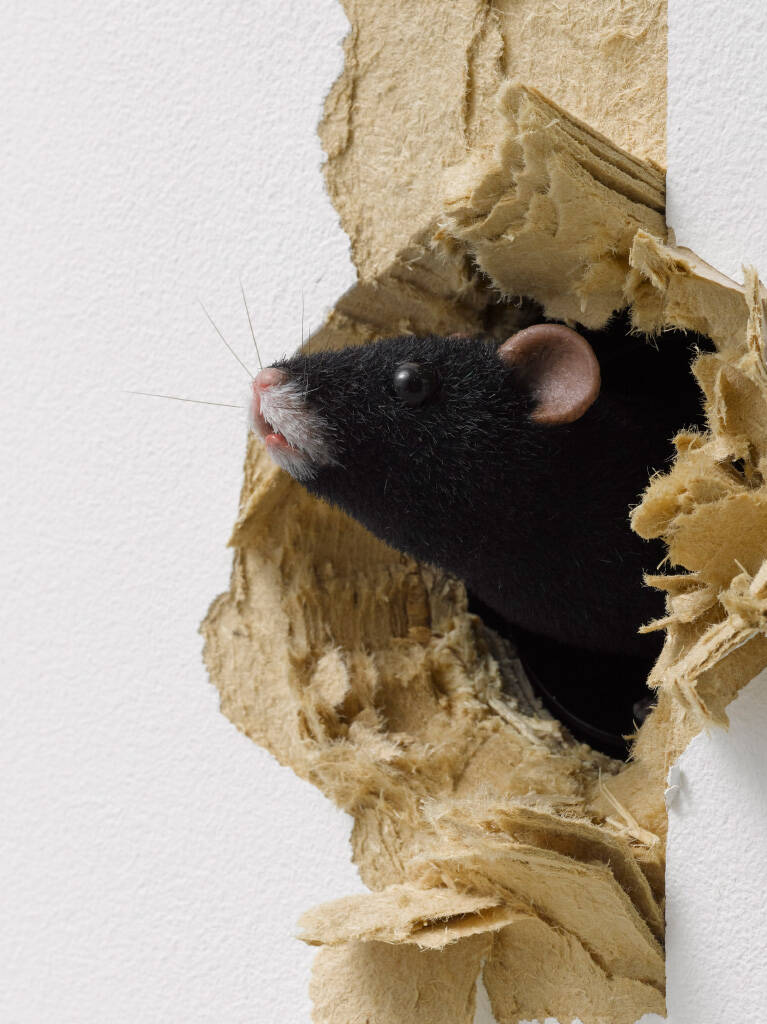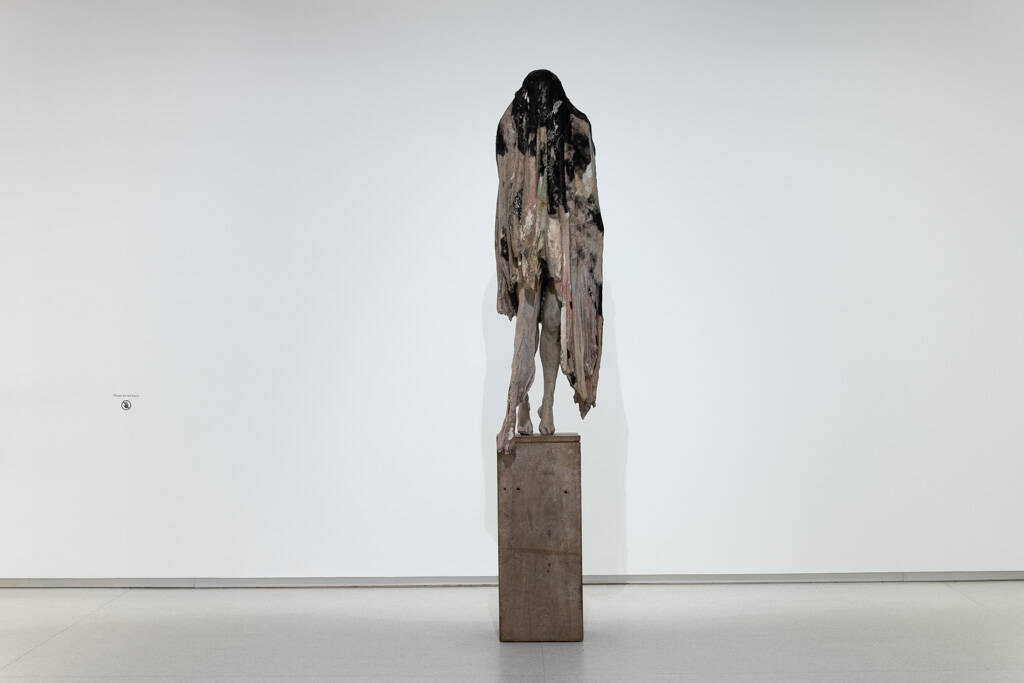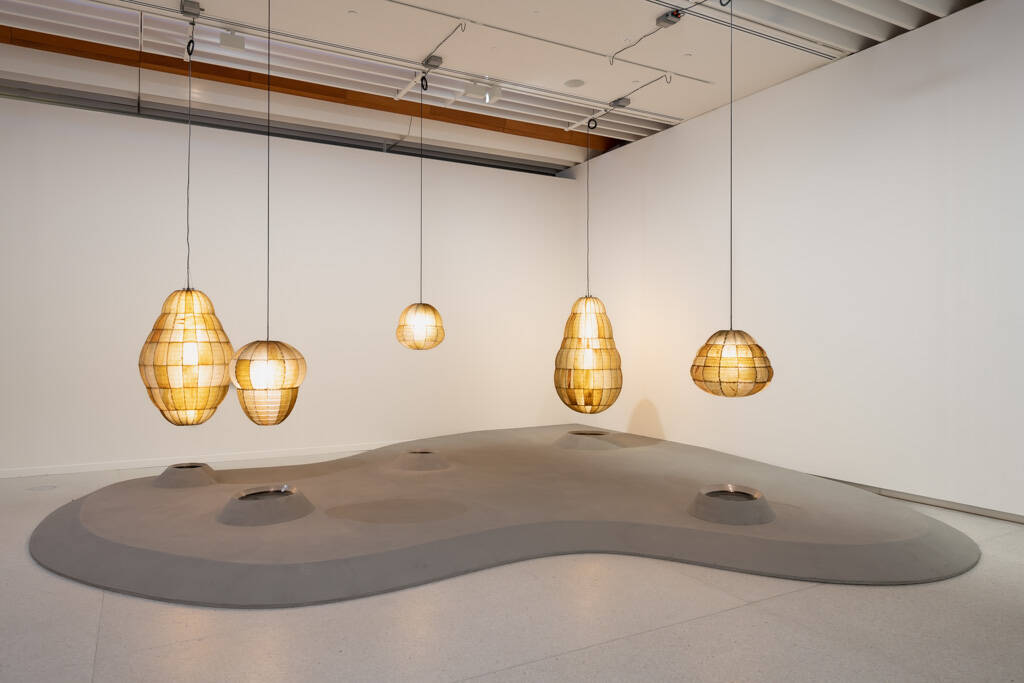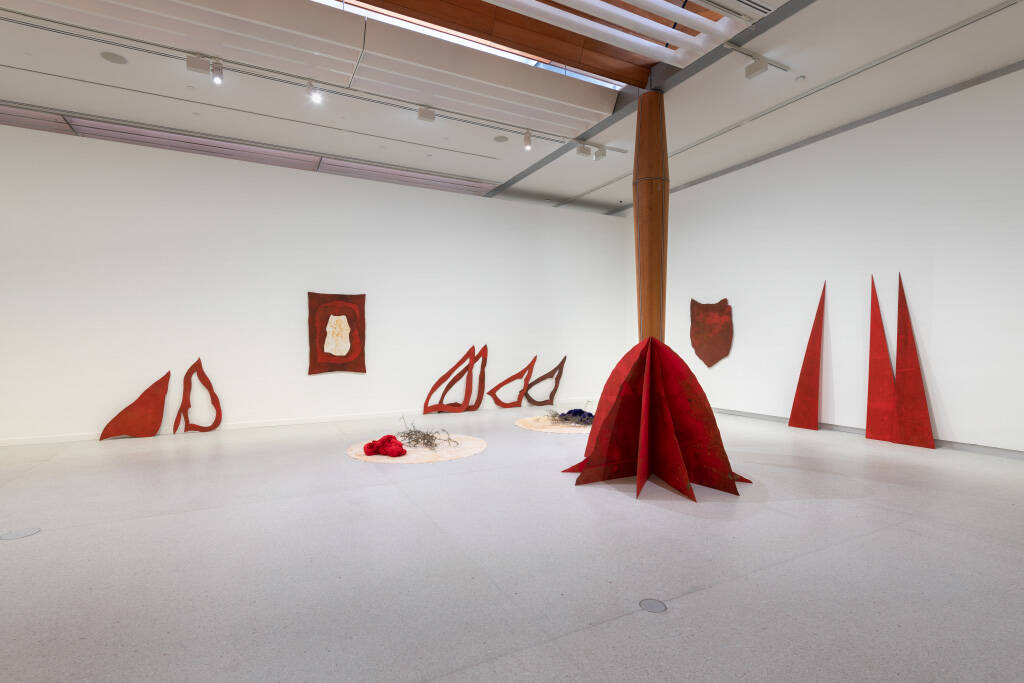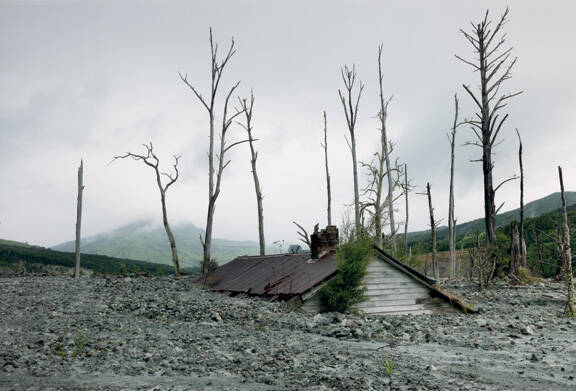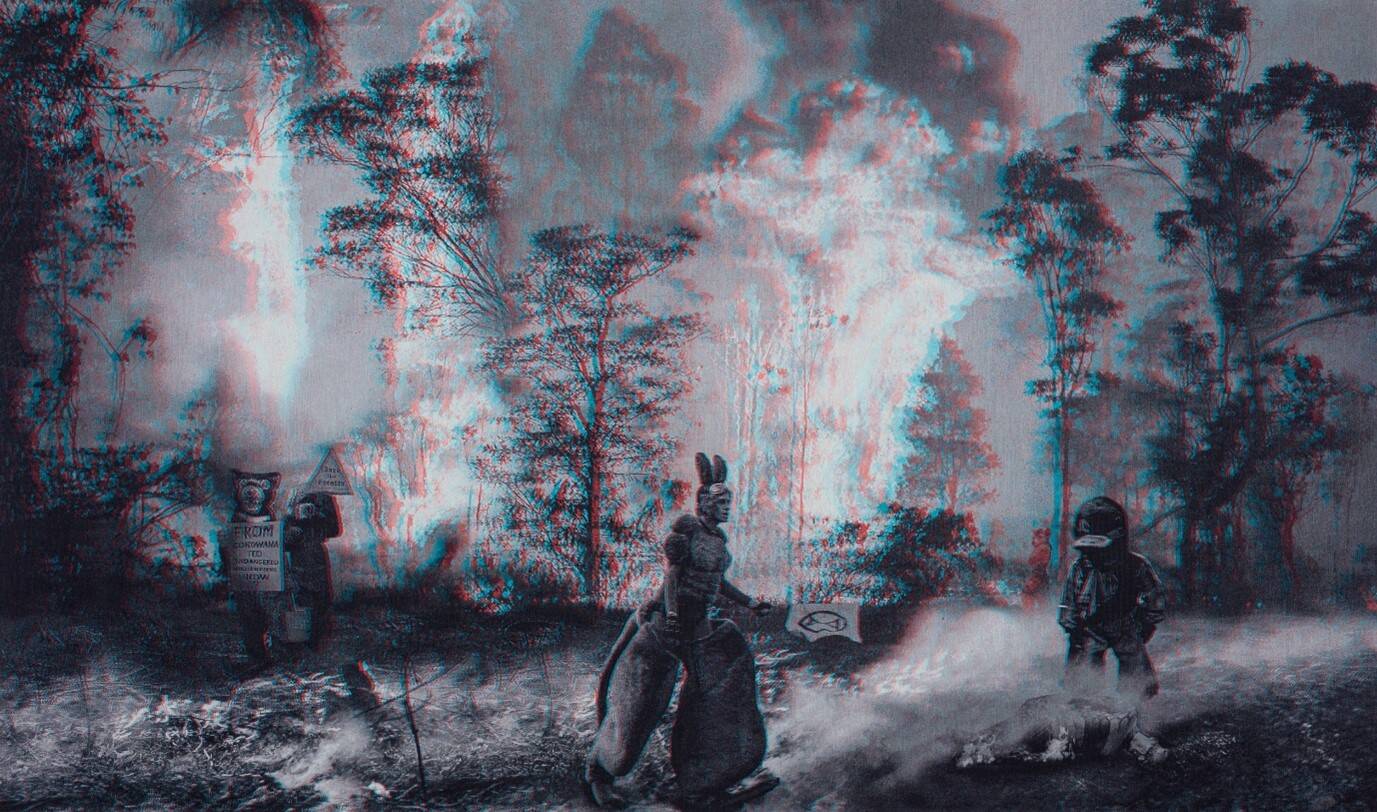This article was originally published in the Gallery's Art Toi magazine, issue 11, December 2023.
-----------------------------------------------------------------------
Recently, I was tested for double vision. As I sat in the optometrist’s chair, I peered through her various contraptions, lining up green and red lines and trying to focus on clusters of dots and squares of vertical lines. After analysing my response to the various visual tests, she gave me a new prescription: anti-fatigue lenses to reduce my blurred vision, eye strain and headaches. This experience feels like an appropriate metaphor for making sense of the confusing amalgam of signs and symbols we’ve experienced throughout 2023 in Tāmaki Makaurau. From the January floods and Cyclone Gabrielle to the turmoil of an election year, amid escalating violence on a national and global scale, and the long Covid hangover – I suspect we all need some relief and space to regain focus.
According to New Zealand poet Cilla McQueen, ‘The hardest thing is seeing / straight and saying plainly.’[1] Seeing straight is hard enough, but saying plainly is harder still. How do we find and articulate meaning amid so much uncertainty? How do we counter the ensuing fatigue? What role can art play?
